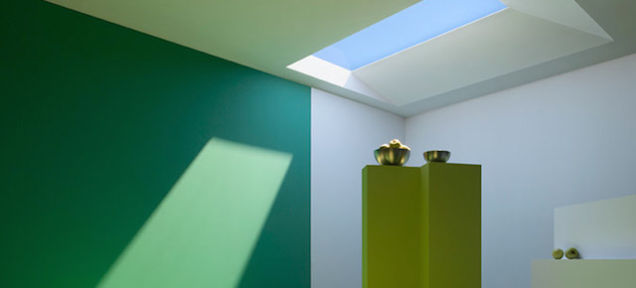RANDOM POSTs
-
Louie Schwartzberg The hidden beauty of pollination
Read more: Louie Schwartzberg The hidden beauty of pollination“Beauty and seduction is nature’s tool for survival. Because we will protect what we fall in love with.” Louie Schwartzberg
-
SAG-AFTRA Members Vote To Authorize Video Game Workers Strike
Read more: SAG-AFTRA Members Vote To Authorize Video Game Workers StrikeSAG-AFTRA members have voted to authorize a strike among video game voice actors and performers, a group of workers who weren’t part of the original actors strike that began back in July.
COLLECTIONS
| Featured AI
| Design And Composition
| Explore posts
POPULAR SEARCHES
unreal | pipeline | virtual production | free | learn | photoshop | 360 | macro | google | nvidia | resolution | open source | hdri | real-time | photography basics | nuke
FEATURED POSTS
Social Links
DISCLAIMER – Links and images on this website may be protected by the respective owners’ copyright. All data submitted by users through this site shall be treated as freely available to share.







